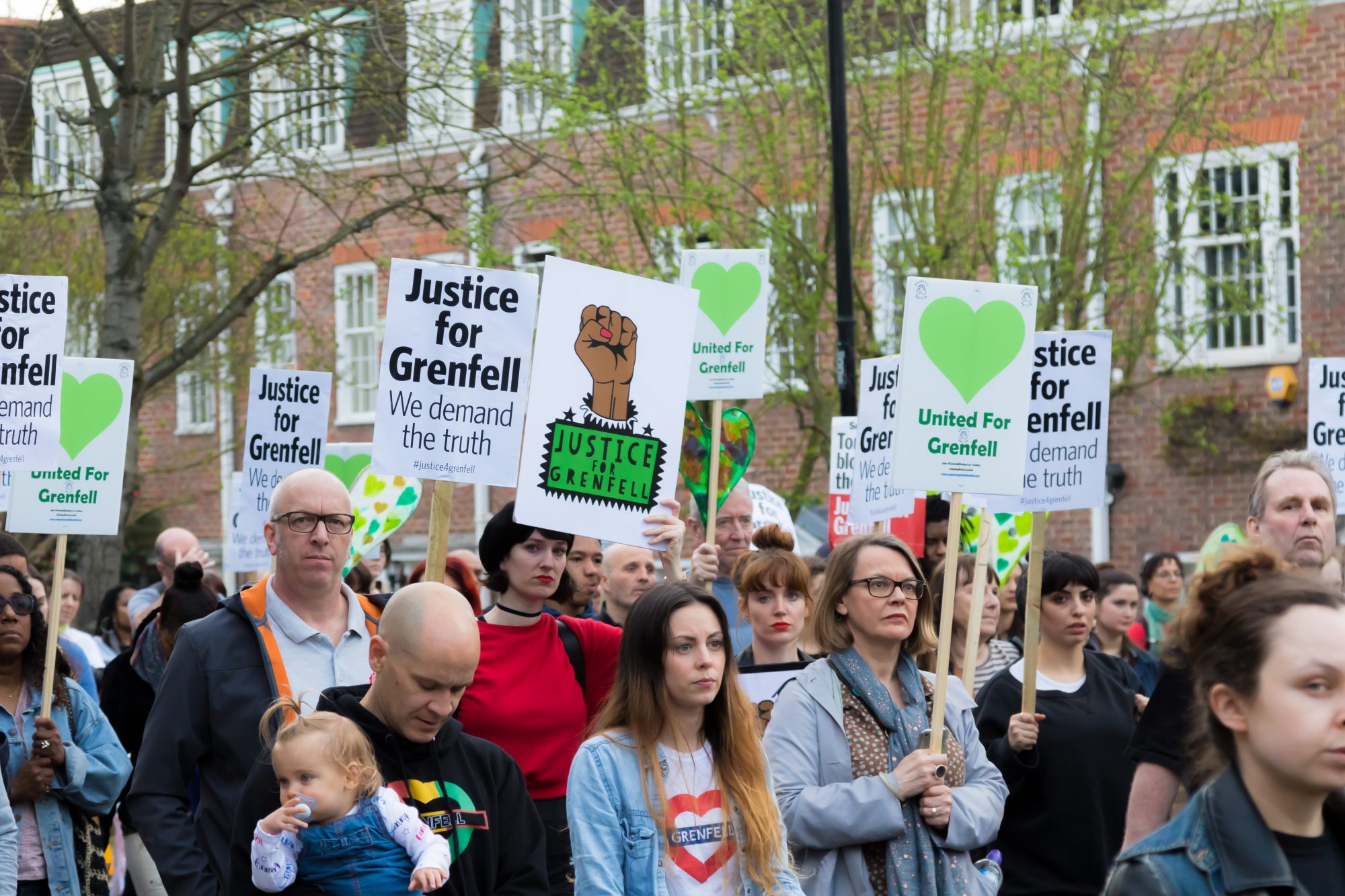Michael Gove has warned developers that they must pay to fix the UK cladding crisis, as he overhauls the government’s approach to building safety
Secretary of state, Michael Gove has written to the industry, giving them a deadline of early March to agree on a fully funded plan of action to fix the cladding crisis on 11-18 metre buildings, which is currently estimated to be £4bn.
He warns he will take all steps necessary to make this happen, including restricting access to government funding and future procurements, the use of planning powers and the pursuit of companies through the courts.
Gove added that if the industry fails to take responsibility, the government will if necessary impose a solution in law.
The secretary of state is also due to make a statement later today (10 January) to the House of Commons, announcing plans to protect innocent leaseholders, who are trapped in unsellable homes and face excessive bills to fix dangerous cladding defects.
Mr Gove will also unveil a package of measures to restore common sense to the industry and end the situation of buildings being declared unsafe when they are not.
‘Too many have failed to live up to their responsibilities’
In the letter Gove states:” Our home should be a source of security and pride. For too many of the people living in properties your industry has built in recent years, their home has become a source of misery. This must change.
“It is neither fair nor decent that innocent leaseholders, many of whom have worked hard and made sacrifices to get a foot on the housing ladder, should be landed with bills they cannot afford to fix problems they did not cause.
“Government has accepted its share of responsibility and made significant financial provision through its ACM remediation programme and the Building Safety Fund. Some developers have already done the right thing and funded remedial works and I commend them for those actions.
“But too many others have failed to live up to their responsibilities.”
Gove asks companies to agree to:
- Make financial contributions to a dedicated fund to cover the full outstanding cost to remediate unsafe cladding on 11-18 metre buildings, currently estimated to be £4bn.
- Fund and undertake all necessary remediation of buildings over 11 metres that they have played a role in developing.
- Provide comprehensive information on all buildings over 11 meters that have historic safety defects and which they have played a part in constructing in the last 30 years.
Gove says developers must take forward all necessary remediation work at pace, and prioritise those with the greatest risks first and in all cases finding the quickest and most proportionate solution to make buildings safe.
He calls on the industry to enter an open and transparent dialogue with the government to hear their proposals, starting with a roundtable with the largest residential developers and trade bodies.
The government will invite leaseholders and those affected by the Grenfell Tower tragedy to the table to discuss solutions at appropriate junctures to ensure discussions are not taking place behind closed doors.
The government will announce a decision on which companies are in scope for funding contributions following discussions with the industry but expect it to cover all firms with annual profits from housebuilding at or above £10m.
This statement follows the suspension of Rydon Homes, who are linked to a company responsible for the refurbishment of the Grenfell Tower, from the government’s Help to Buy scheme.
Gove also condemned the Mercedes F1 team sponsorship deal with Kingspan, a company connected to the crisis.
‘Government is unlikely to see a speedy resolution’
Andrew Rimmer, partner at JMW Solicitors, said: “While today’s announcement will be welcomed by the owners of affected homes, developers will be fearing the financial impact, which for some could be colossal.
“March is an extremely ambitious timeline in which to expect the industry to have collaborated and be singing from the same hymn sheet, and there is a great deal of ambiguity in the new approach which still needs to be clarified; such as the part that contractors will play in the ongoing negotiations, along with other parties involved in the construction of the affected buildings.
“The government is, unfortunately, unlikely to see a speedy resolution – it is an extremely complicated issue which in some cases involves buildings built more than a decade ago. We can expect a lot of finger-pointing as parties try to determine where liability now lies.”

















